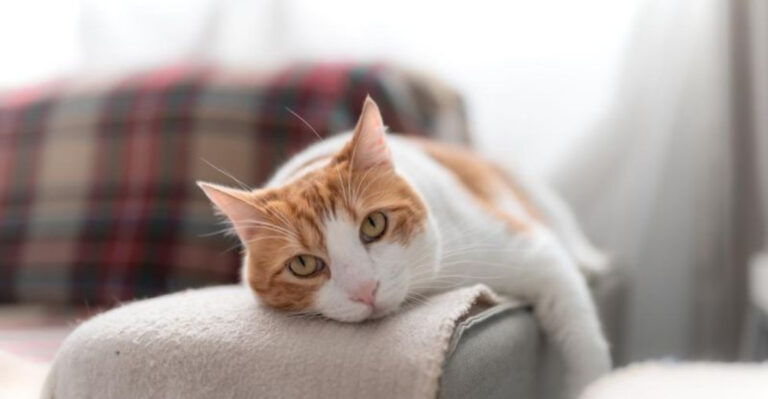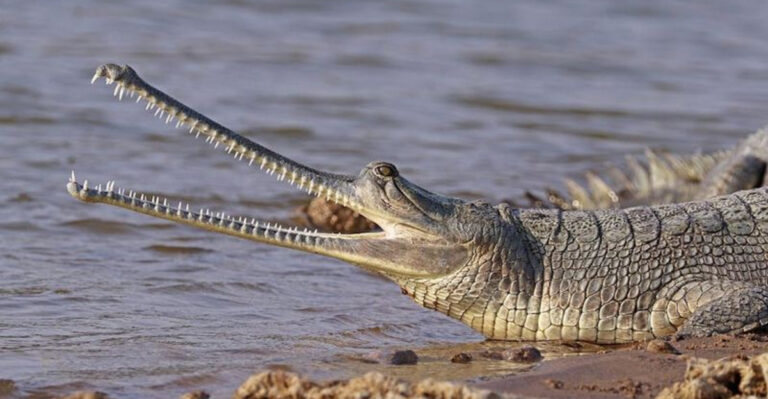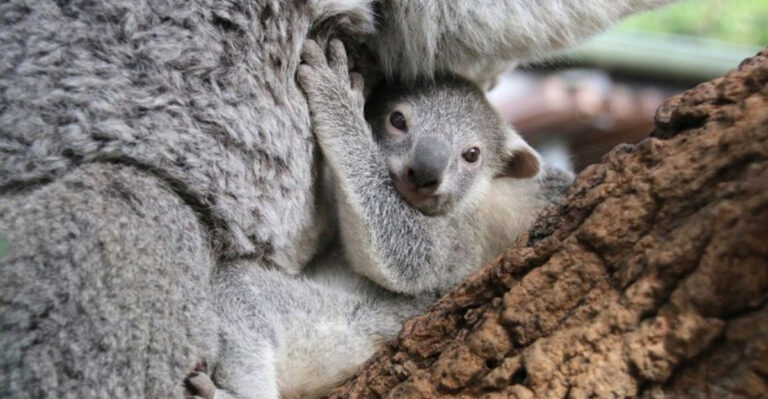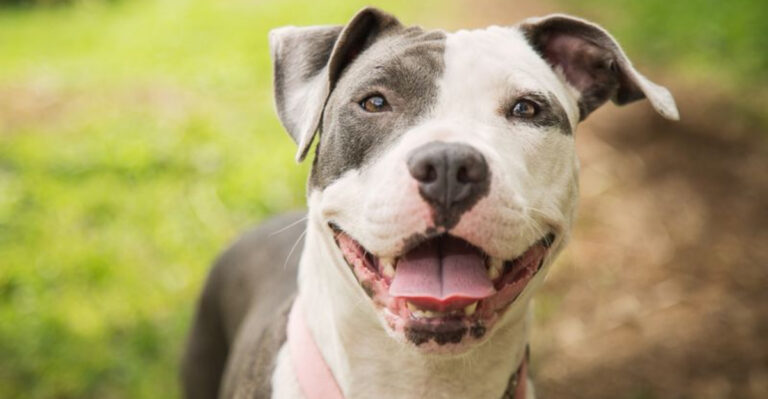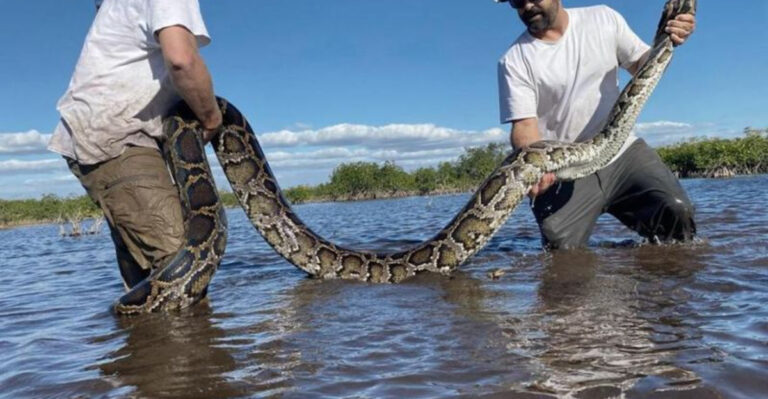12 Feathered Dinosaurs That Will Redefine Your Idea Of Prehistoric Life
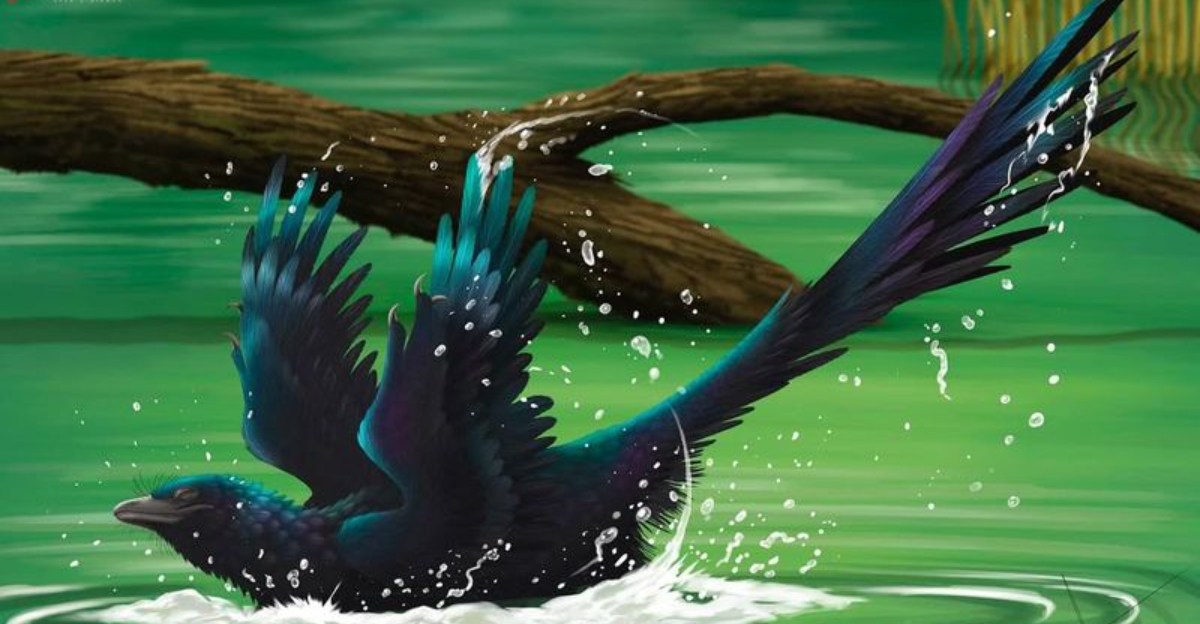
Dinosaurs have long fascinated us with their size and power, but recent discoveries have revealed a more delicate side to these prehistoric giants: feathers.
These discoveries suggest that many dinosaurs were more bird-like than we ever imagined.
1. Archaeopteryx
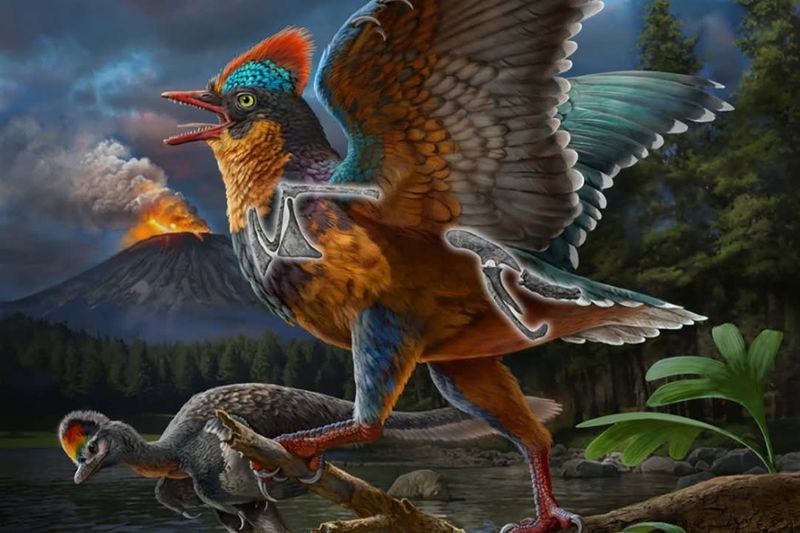
Archaeopteryx, often hailed as the first bird, bridges the gap between dinosaurs and modern birds. Its feathered wings and tail suggest it could glide or perhaps even fly. Found in the Late Jurassic period, Archaeopteryx showcases both avian and reptilian traits.
The presence of feathers on its limbs points to a complex evolutionary path leading to birds. This crow-sized dinosaur had sharp teeth and clawed fingers, highlighting its predatory nature.
2. Velociraptor
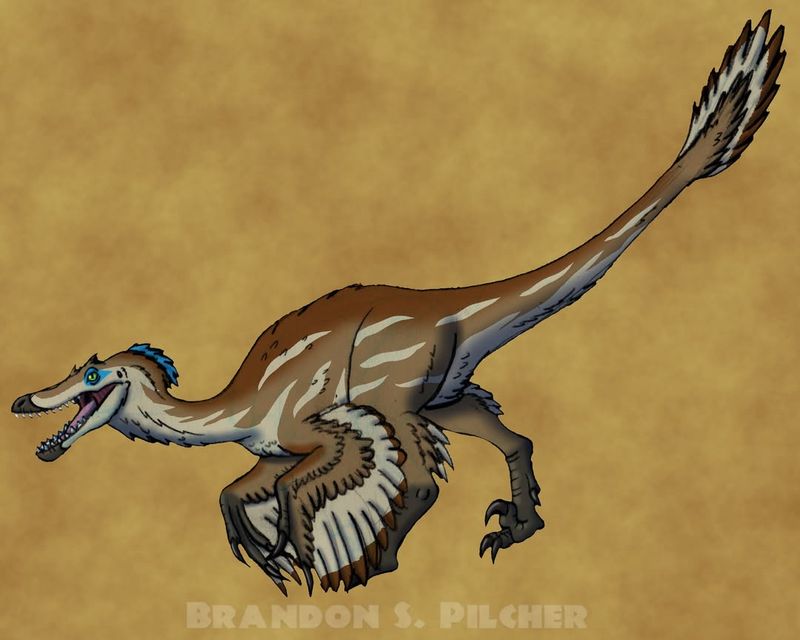
Velociraptor, popularized by films, was actually a small, agile predator with feathers. Unlike the scaly depiction in media, it had a plumage that covered much of its body.
This dinosaur was about the size of a turkey, but its intelligence and social behavior made it a formidable hunter. Feathers might have been used for display or thermoregulation.
3. Microraptor
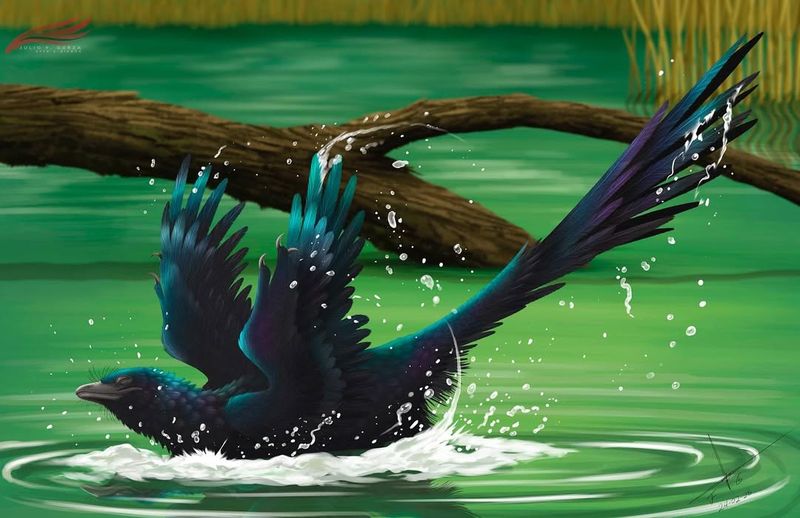
Microraptor was a remarkable dinosaur with four wings, aiding its ability to glide between trees. Its discovery in China revealed iridescent feathers, similar to modern birds.
This small dinosaur, the size of a crow, captivated paleontologists with its unique flight adaptations. Its feathered limbs provided a glimpse into the complex evolution of flight.
4. Anchiornis
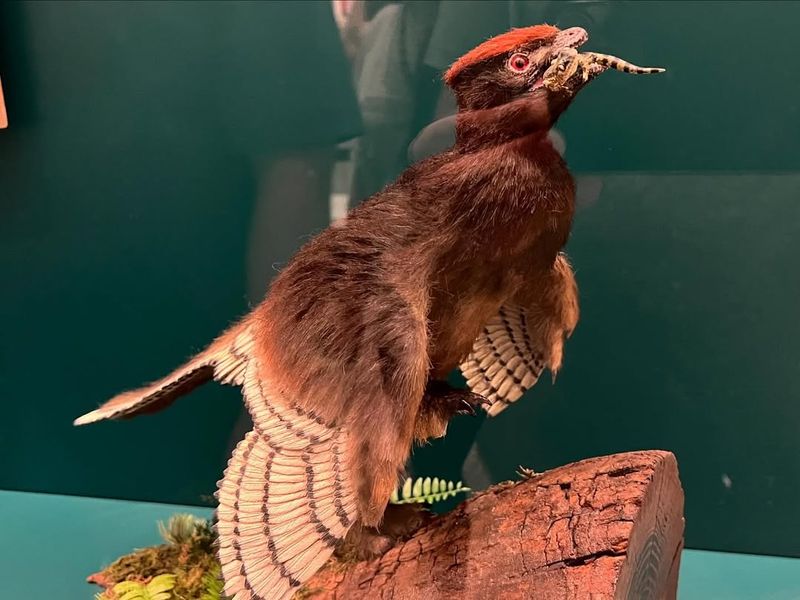
Anchiornis, a small dinosaur from the Late Jurassic period, sported a striking plumage of black and white feathers with a red crest. Found in China, its well-preserved fossils provide insight into feather evolution.
Its feathers covered its body, wings, and legs, suggesting an aerodynamic design. The variety of colors and patterns indicate that feathers were used for more than just flight, possibly for display and communication.
5. Sinosauropteryx
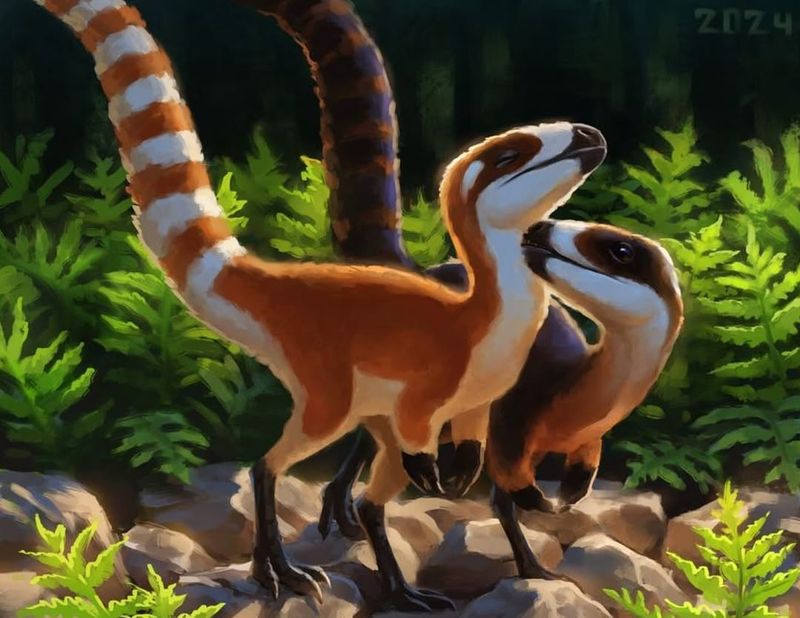
Sinosauropteryx was the first dinosaur discovered with a covering of protofeathers. These primitive feathers provided a glimpse into the early stages of feather evolution.
Its most distinctive feature was its long, striped tail, which may have been used for balance or display. The discovery of Sinosauropteryx in China was groundbreaking, challenging the perception of scaly dinosaurs.
6. Caudipteryx
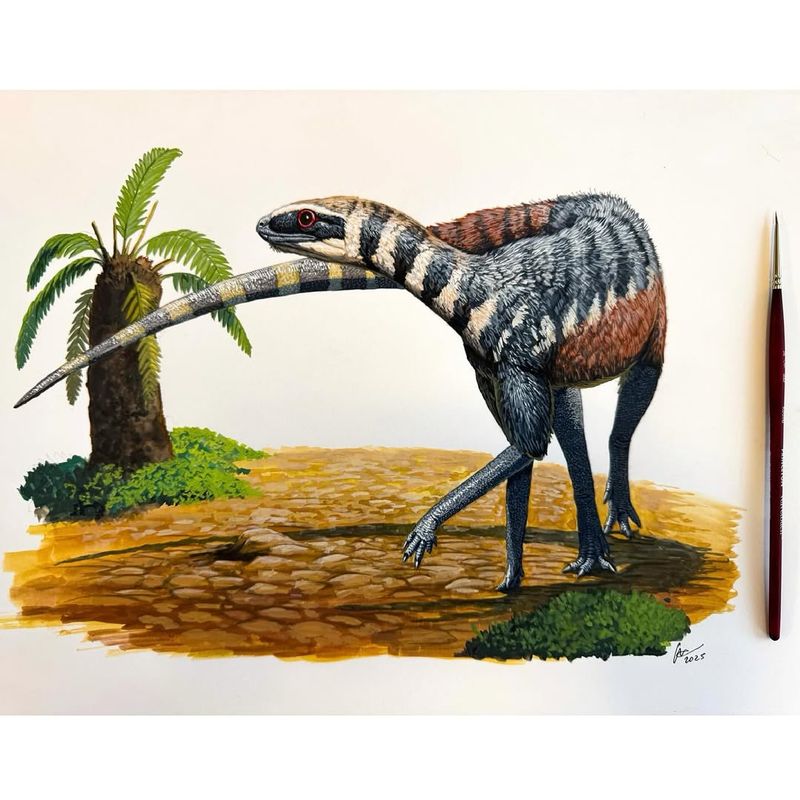
Caudipteryx, a feathered dinosaur from the Early Cretaceous, boasted colorful tail feathers that likely played a role in display. Its discovery in China added to the evidence of feathered dinosaurs.
Though flightless, its feathers might have served a variety of functions, from mating displays to warmth. Its bird-like features, such as a beak and short arms, blur the line between dinosaurs and birds.
7. Yutyrannus
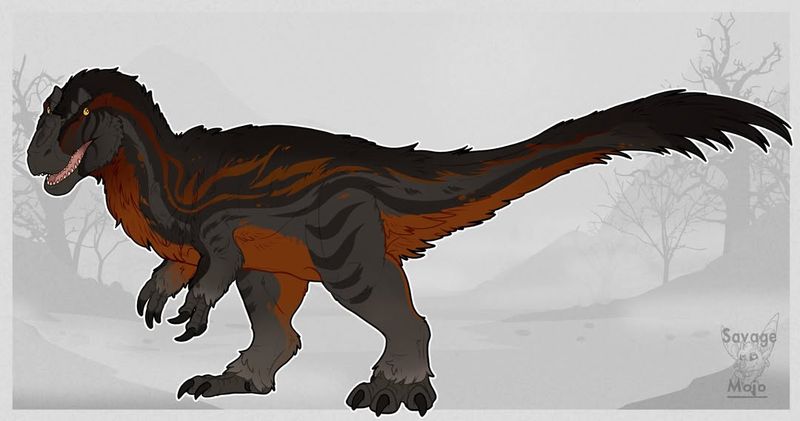
Yutyrannus holds the title of the largest known feathered dinosaur. Its discovery in China revealed a thick coat of downy feathers, suggesting insulation in cold environments.
This carnivorous giant, related to Tyrannosaurus, challenges the notion of large dinosaurs being scaly. Feathers likely helped with temperature regulation and might have had display functions.
8. Sinornithosaurus
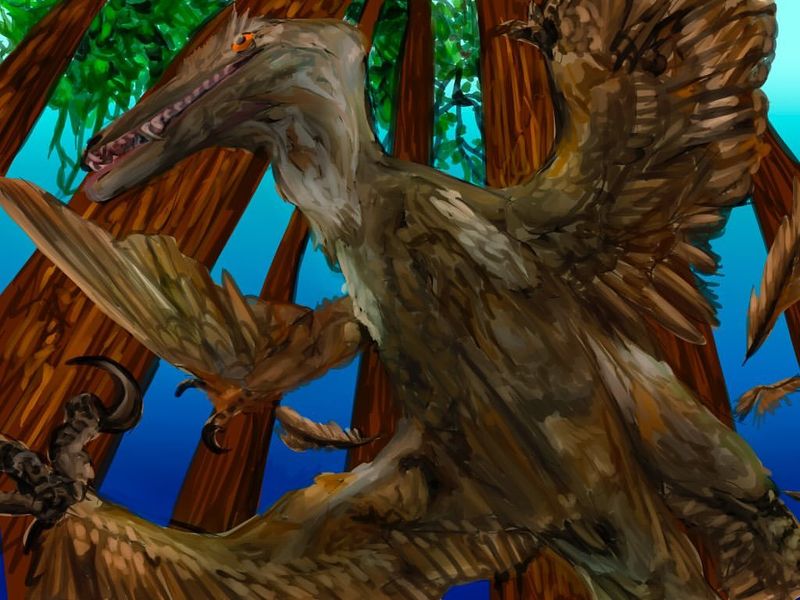
Sinornithosaurus, a feathered dinosaur from the Early Cretaceous, was known for its bird-like appearance and predatory skills. Its long, slender body was covered in feathers, aiding in balance and thermoregulation.
Found in China, its sharp claws and teeth made it an adept hunter of small prey. The discovery of its feathers also hinted at possible coloration used for camouflage or communication.
9. Protarchaeopteryx
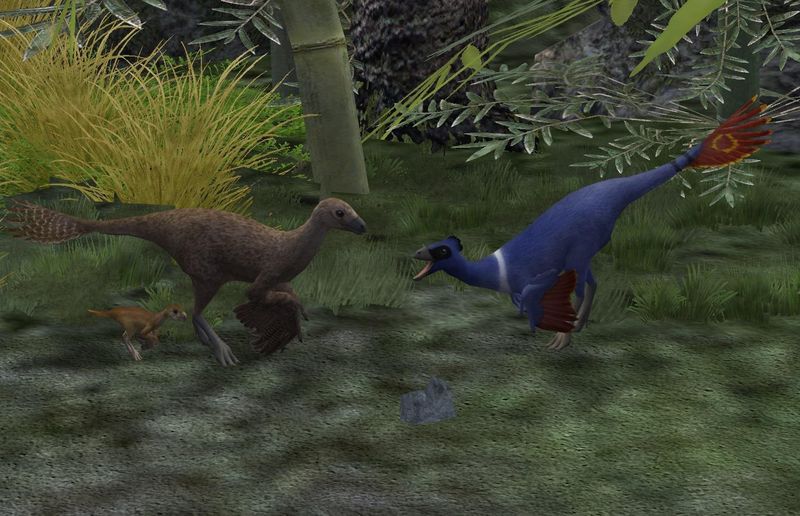
Protarchaeopteryx, an early feathered dinosaur, displayed a fan of tail feathers, likely used for display or balance. Its fossils, found in China, suggest a diet of plants and small animals.
Though incapable of flight, its feathers provide insights into the evolutionary path towards avian species. The presence of modern-style feathers indicates advanced feather development even in non-avian dinosaurs.
10. Epidexipteryx
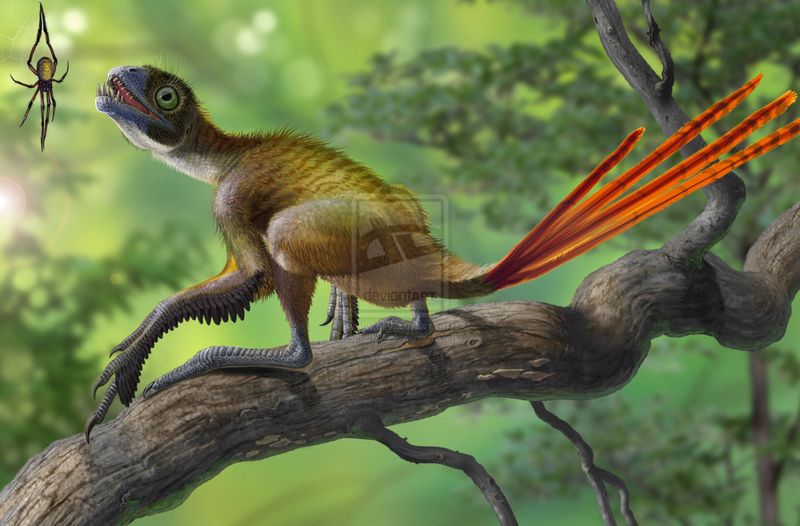
Epidexipteryx, a small dinosaur from the Jurassic period, was known for its long, ribbon-like tail feathers. These feathers likely played a role in display or mate attraction.
Its discovery in China provided valuable insights into the early development of feathers. Epidexipteryx’s small, lightweight body suggests an arboreal lifestyle, climbing trees in search of food or shelter.
11. Beipiaosaurus
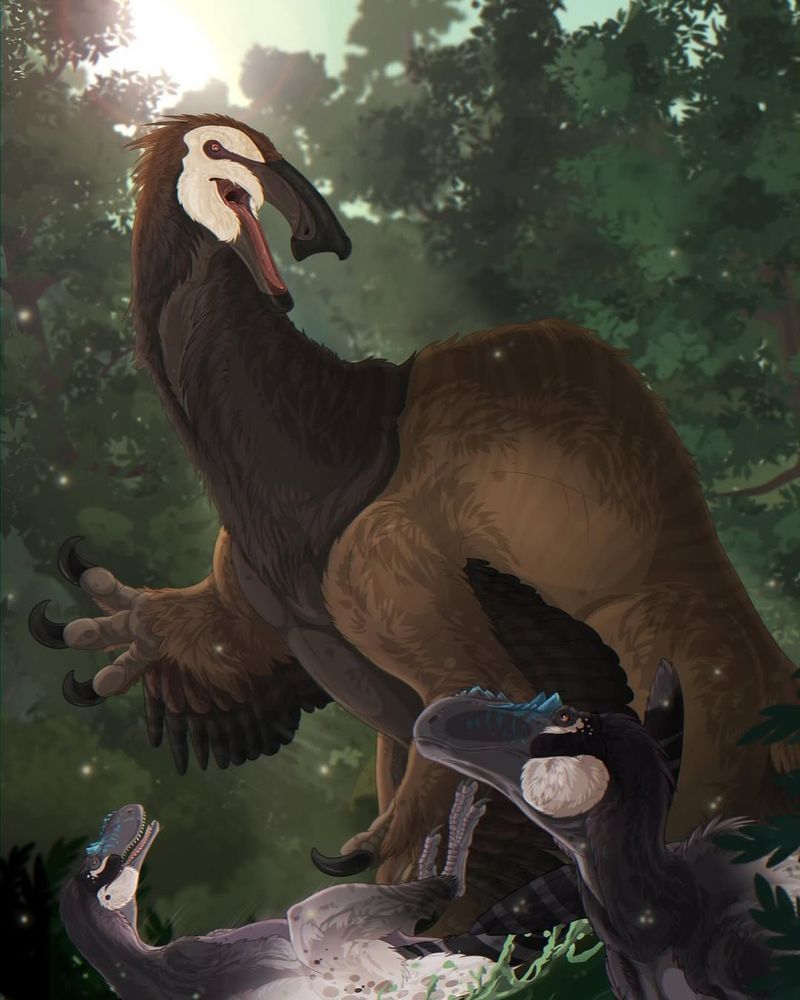
Beipiaosaurus was a therizinosaur with a unique blend of features, including a mane of primitive feathers. Found in China, this herbivorous dinosaur had elongated claws and a small head.
Its feathers likely served for display and insulation, highlighting the multifunctional uses of feathers in dinosaurs. The discovery of Beipiaosaurus helped bridge gaps in understanding theropod evolution.
12. Dilong
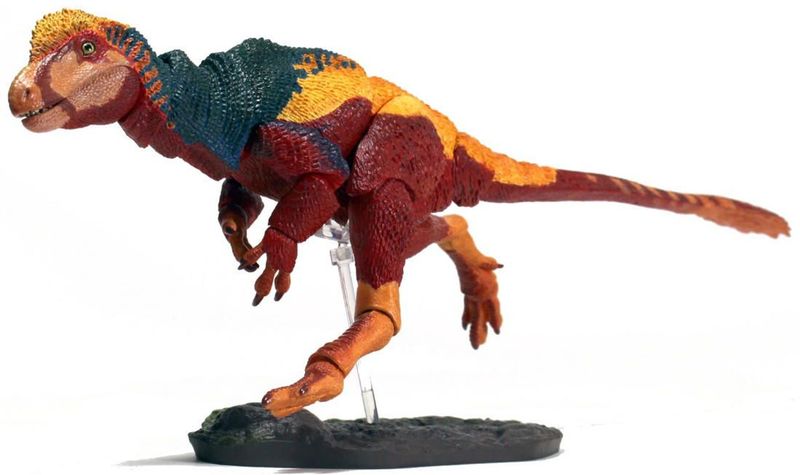
Dilong, a feathered dinosaur from the Early Cretaceous, offers a glimpse into the evolution of tyrannosaurs. Its body was covered in a feathery fuzz, likely used for insulation or display.
The discovery of Dilong in China revealed its close relation to the famous Tyrannosaurus rex, but at a fraction of the size. This small predator illustrates the diversity and adaptability of early tyrannosaurs.

